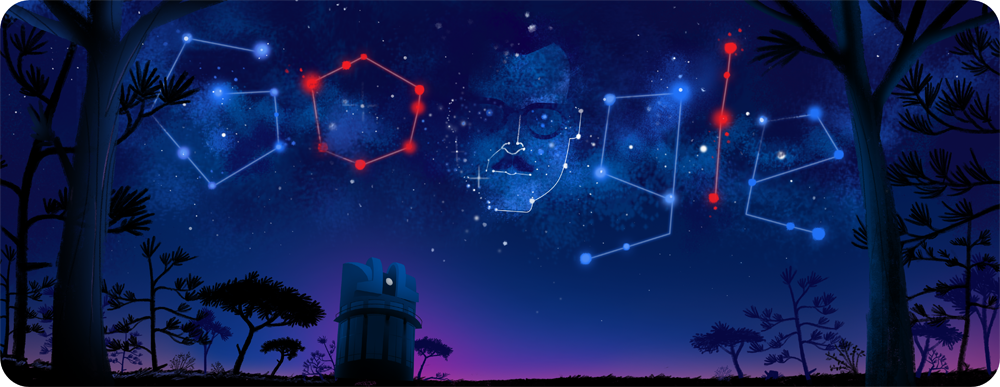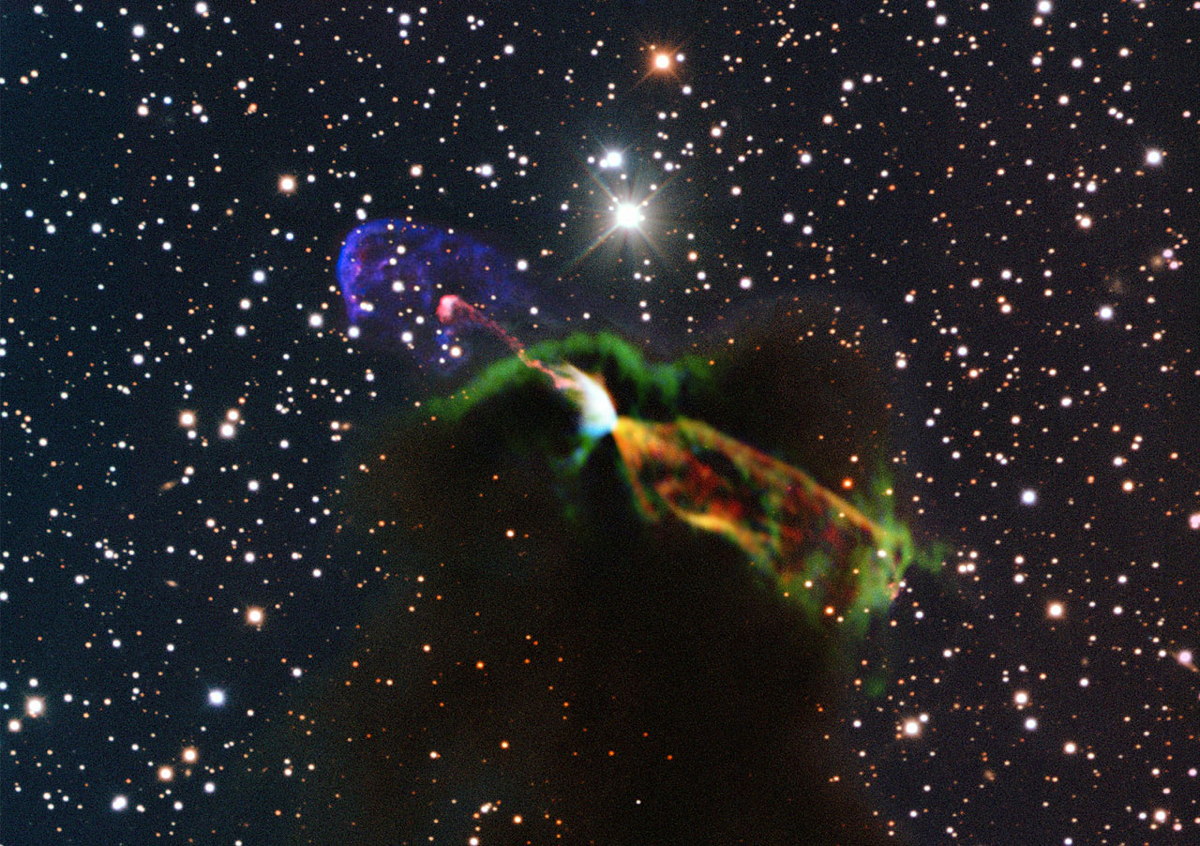
Google Doodle Celebrates Mexican Astronomer Guillermo Haro

Google's latest homepage Doodle celebrates Guillermo Haro, a Mexican astronomer who in 1959 became the first Mexican elected to the Royal Astronomical Society.
Today (March 21) would have been Haro's 105th birthday. He gives his name (along with astronomer George Herbig) to Herbig-Haro objects, glowing arcs and splotches of light that come from baby stars creating shock waves as they blast out high-speed jets of material into surrounding gas. The relatively short-lived objects point the way to the universe's newborn stars. He also discovered bright variable stars called flare stars in the Orion constellation, which can unpredictably boost their brightness for minutes at the time.

"Born in Mexico in 1913, Haro grew up during the Mexican revolution and graduated in philosophy before embarking upon a career in astronomy," Google representatives wrote in a blog post. "Haro's legacy endures to this day through the National Institute of Astrophysics, Optics and Electronics, which he established to support science students in their professional careers. The institute also runs an observatory named after him in the Mexican state of Sonora."
Email Sarah Lewin at slewin@space.com or follow her @SarahExplains. Followus @Spacedotcom, Facebook and Google+. Original article on Space.com.
Get the Space.com Newsletter
Breaking space news, the latest updates on rocket launches, skywatching events and more!
Join our Space Forums to keep talking space on the latest missions, night sky and more! And if you have a news tip, correction or comment, let us know at: community@space.com.

Sarah Lewin started writing for Space.com in June of 2015 as a Staff Writer and became Associate Editor in 2019 . Her work has been featured by Scientific American, IEEE Spectrum, Quanta Magazine, Wired, The Scientist, Science Friday and WGBH's Inside NOVA. Sarah has an MA from NYU's Science, Health and Environmental Reporting Program and an AB in mathematics from Brown University. When not writing, reading or thinking about space, Sarah enjoys musical theatre and mathematical papercraft. She is currently Assistant News Editor at Scientific American. You can follow her on Twitter @SarahExplains.









